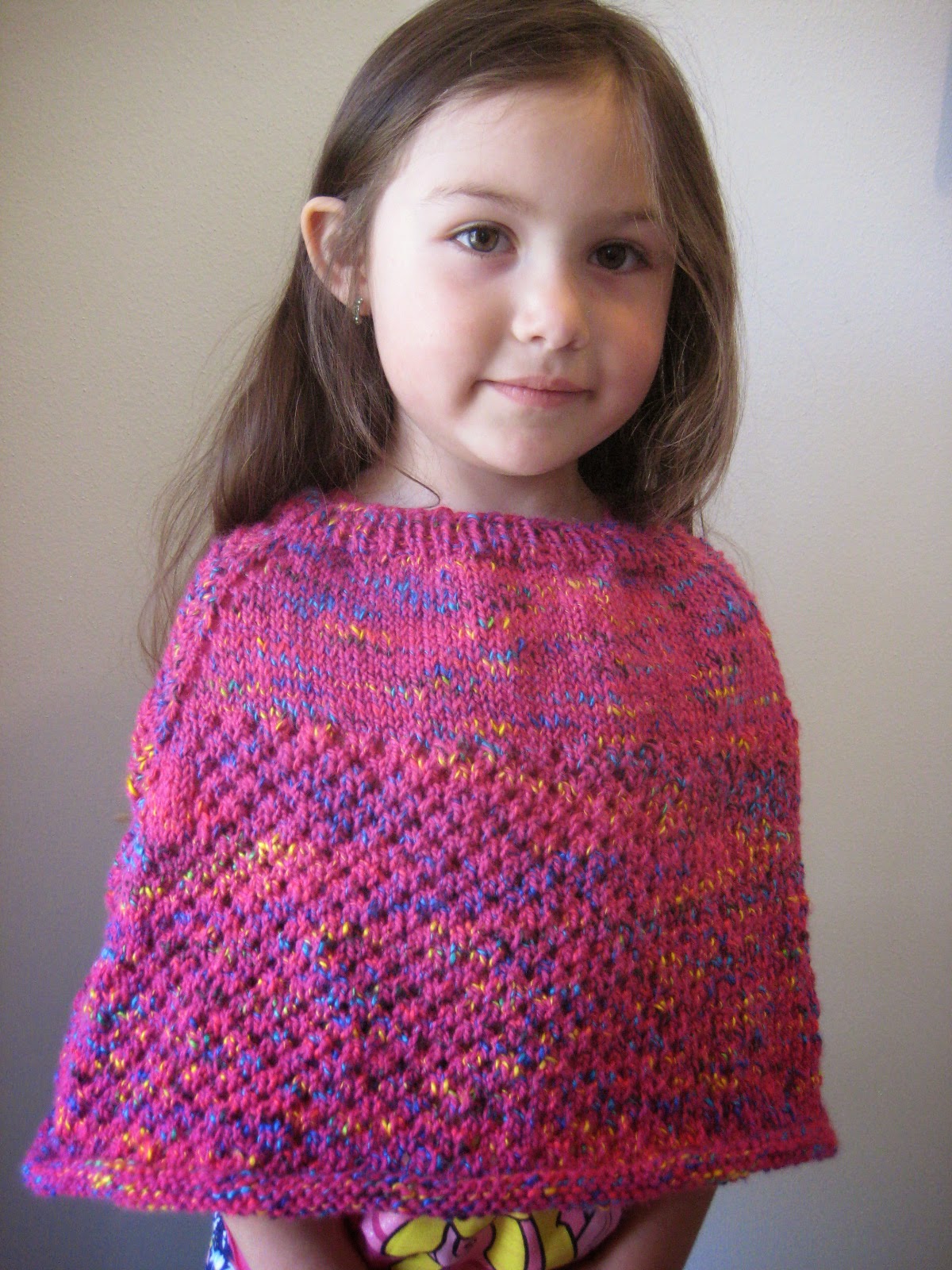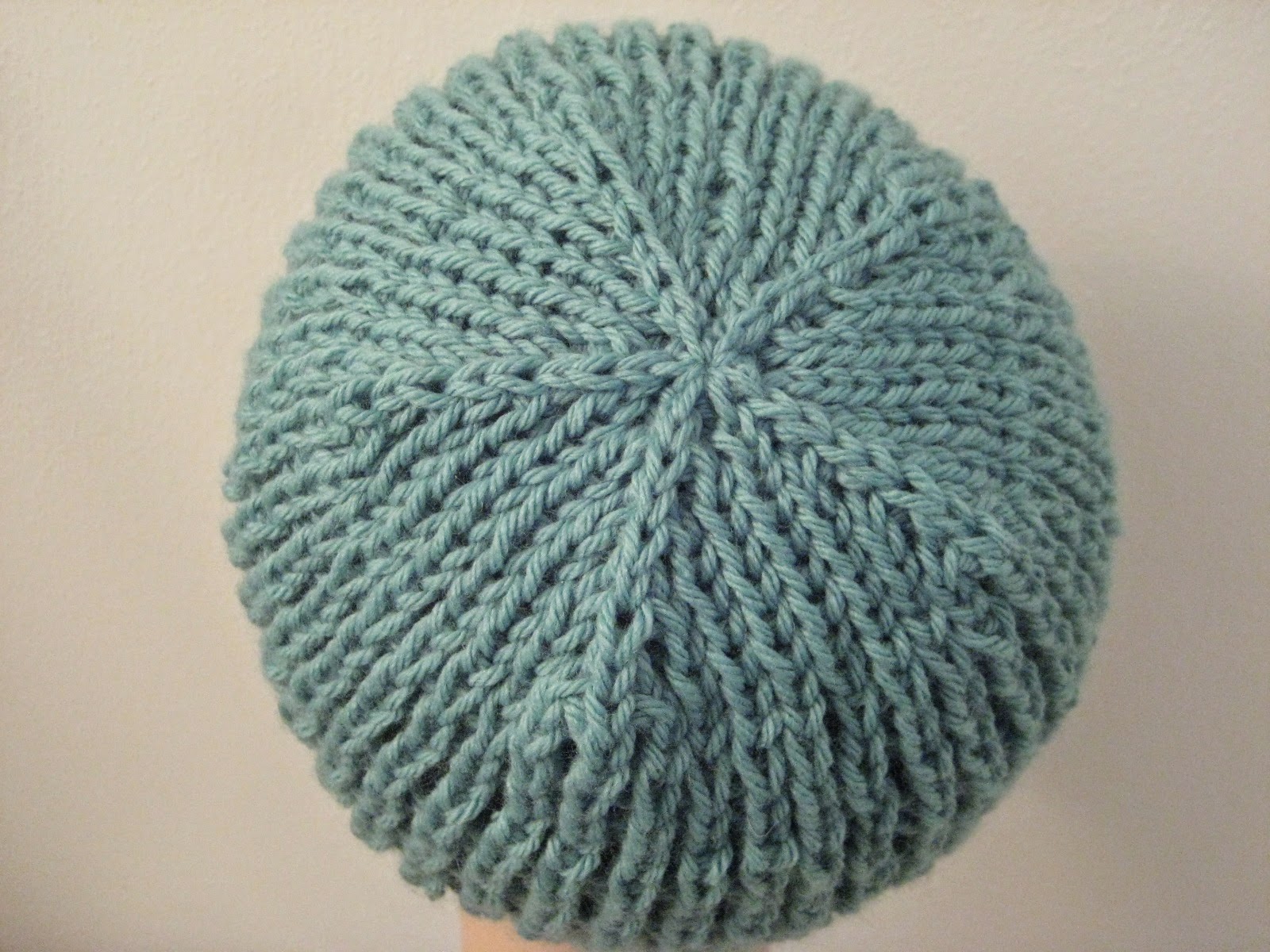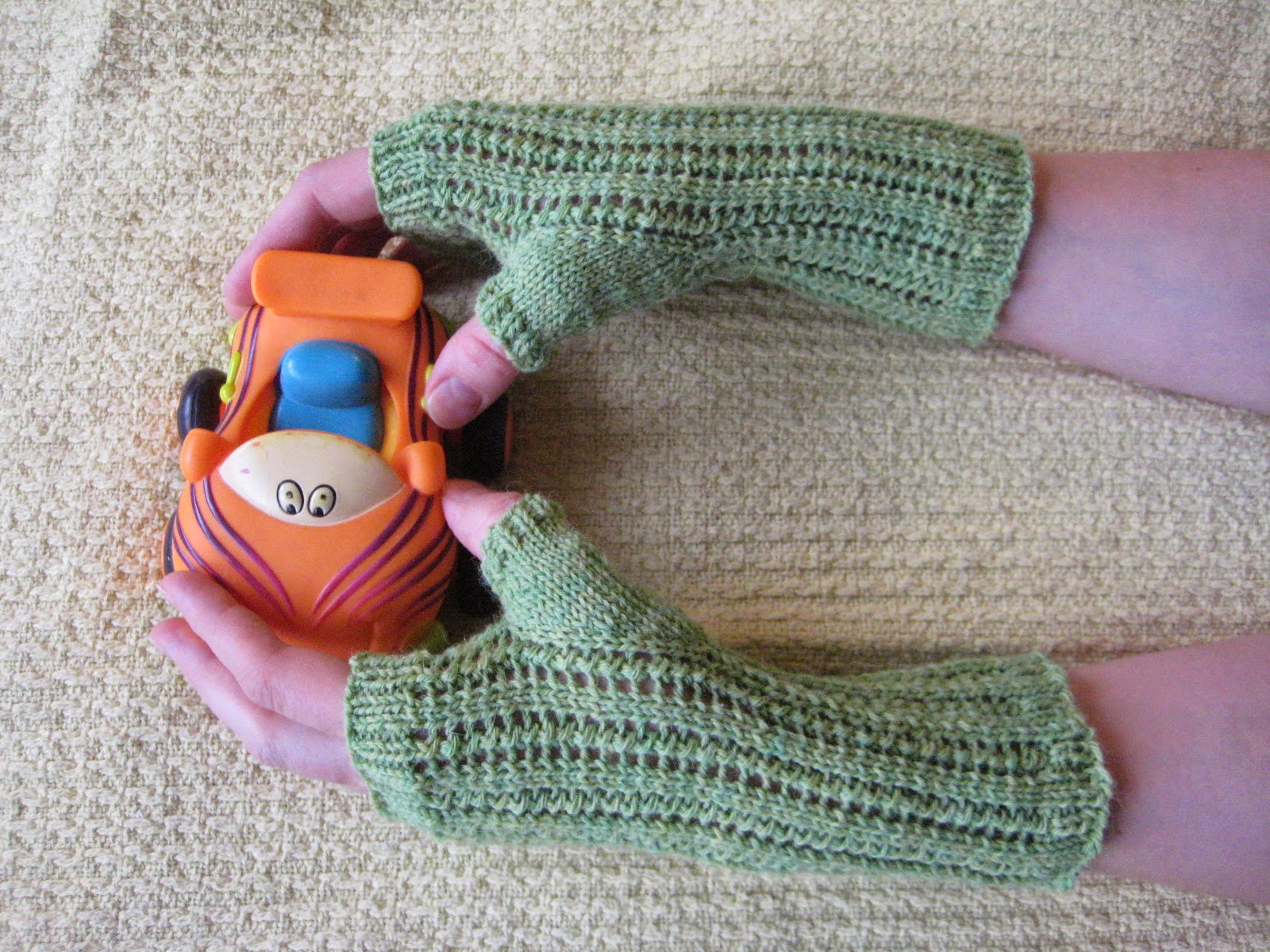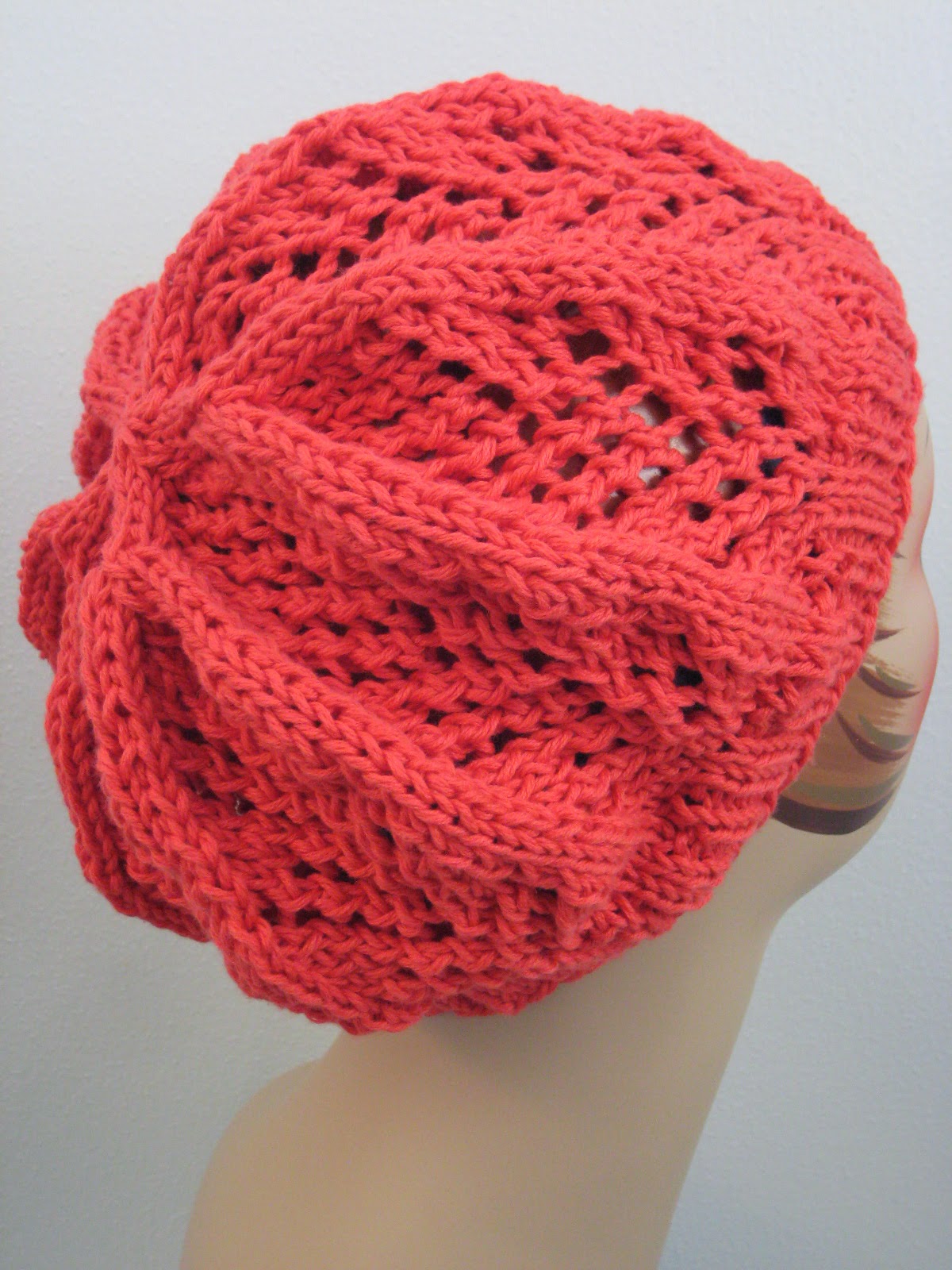 |
| Fretted Band Cowl |
The explanation for this cowl is simple: I love these two yarns together, even if my husband originally thought the combination was strange. And while this piece turned out more like the Sweet Strawberry Cowl and the Sugar & Ice Cowl than I originally intended, it has enough differences to set it apart. Like the slip stitch pattern, for instance, which would also look good in more contrasting yarns.
Yarn: SMC Select Reflect (52% Viscose, 48% Cotton; 131 yards [120 meters]/50 grams); #4108 - one skein (color A), SMC Select Violena Colori (50% Cotton, 50% Modal; 109 yards [100 meters]/50 grams); color #4307 (color B)
 |
| The slip stitch pattern, closer up. |
Notions: Tapestry needle, two stitch markers
Gauge: 21 stitches = 4 inches
So let's get this thing started! To begin, use your color A yarn to cast on 144 stitches, place marker, and join in round. Then we'll knit a couple of edging rows, as follows:
Edging row: using color A, * k2, p2, k2; rep from *
Knit the edging row three times, and then we'll transition to our slip stitch pattern, which is a variation on Fretted Band Pattern from page 67 of Barbara G. Walker's A Second Treasury of Knitting Patterns. We'll be slipping all stitches with the yarn in the back. And we'll proceed like so:
Rows 1 & 2: using color B, knit

















































